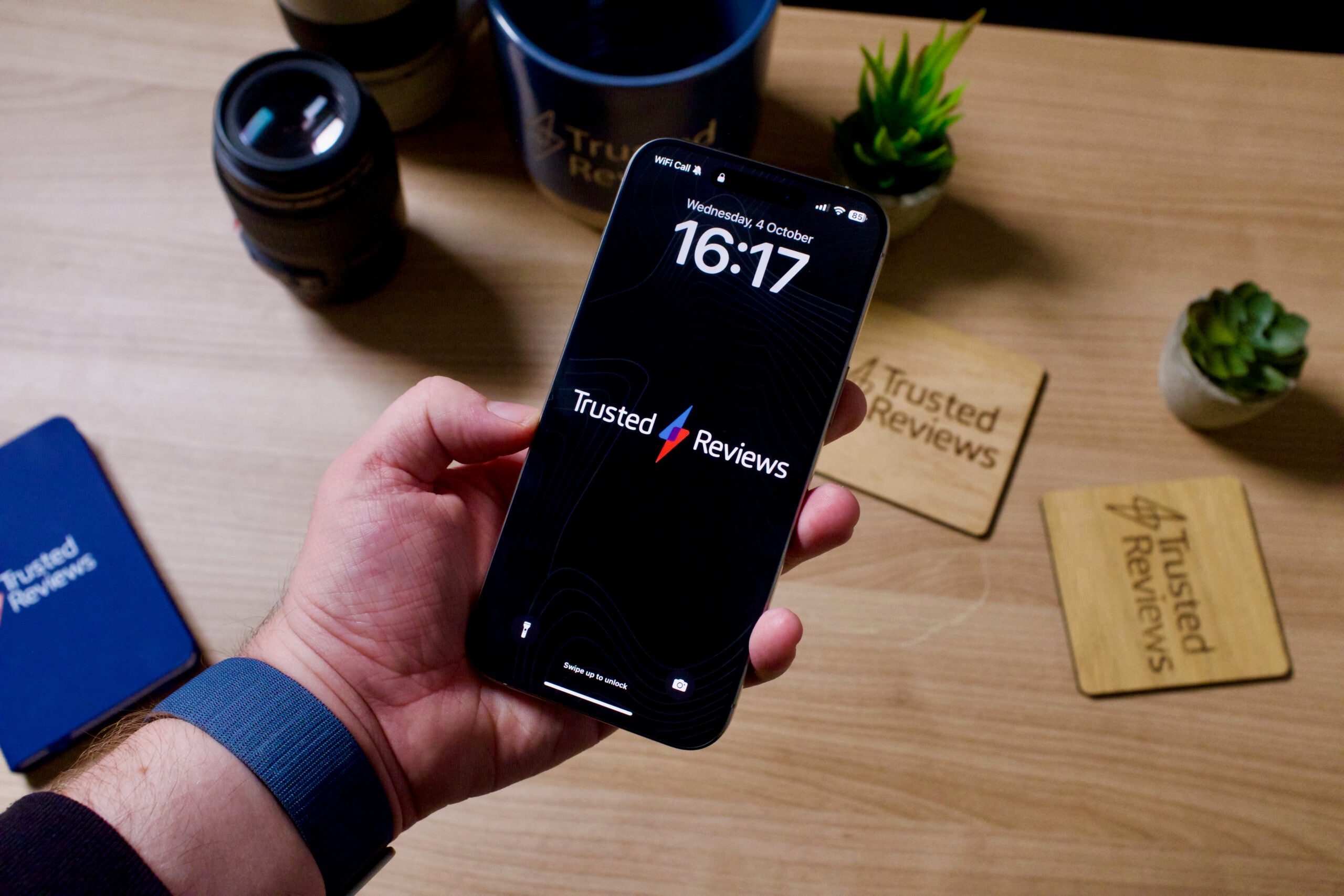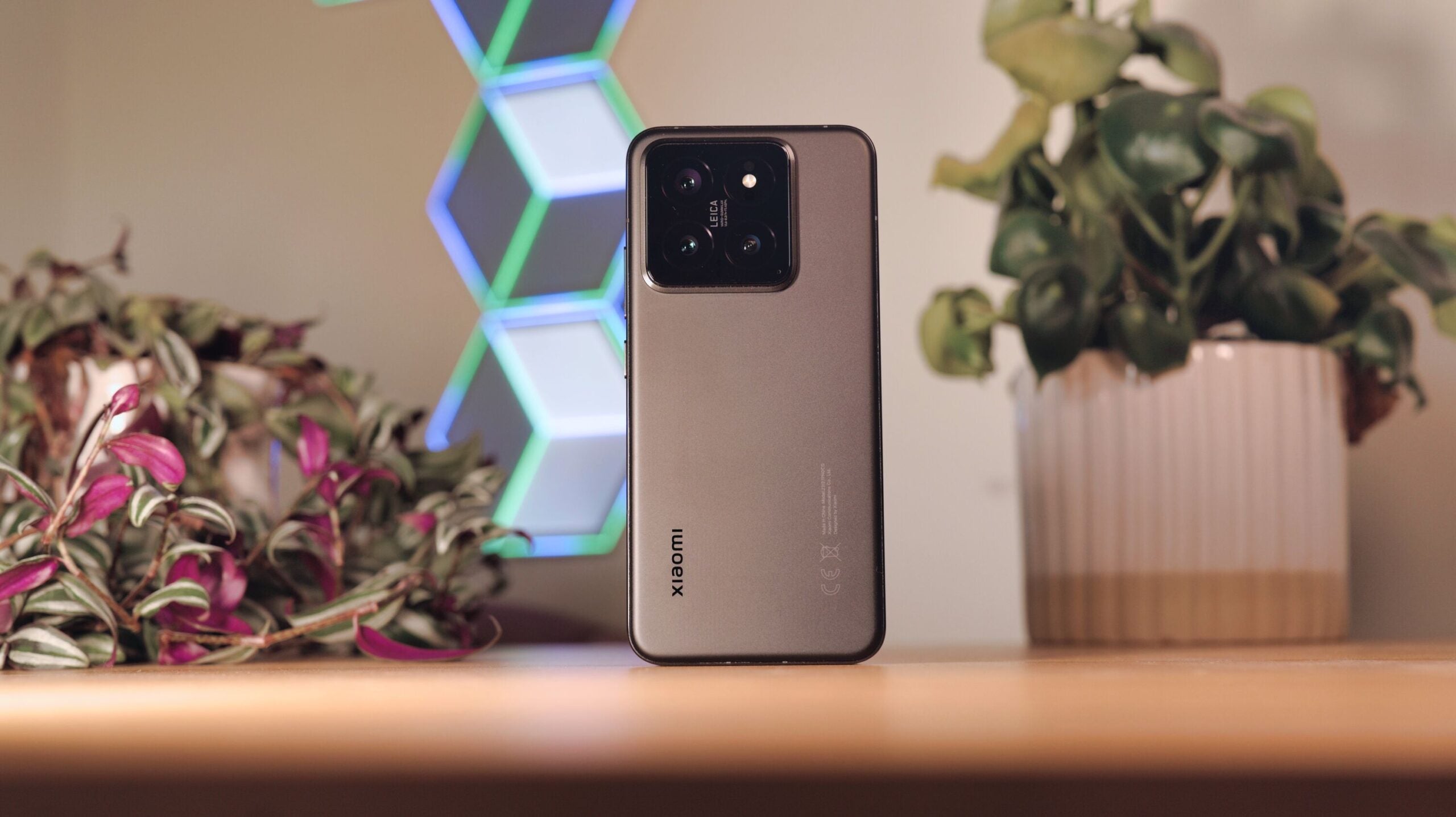iQOO 7 Legend Review
Game for anything
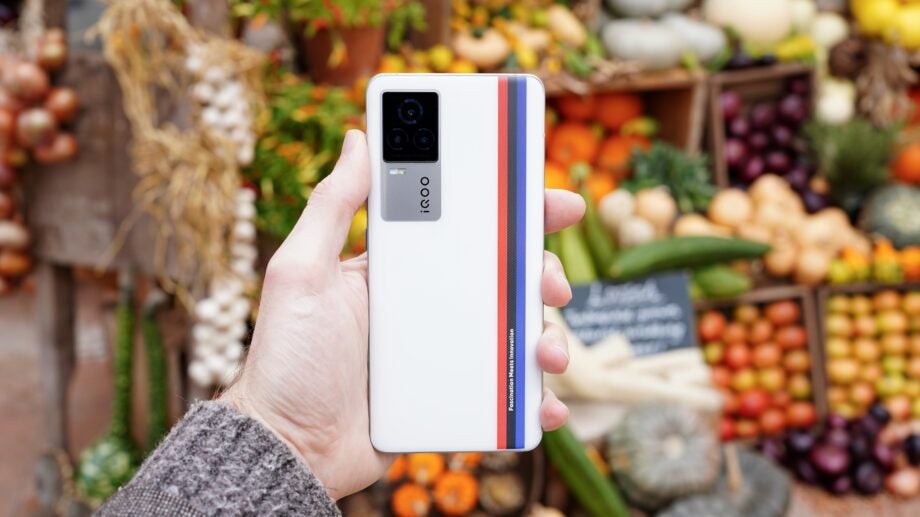

Verdict
The iQOO 7 Legend is a highly capable phone with a welcome gaming edge. It’s far classier and easier to live with than your average pure gaming phone, with a nice design and a capable camera. If only we could pin down its global launch potential, pricing and position in the market, we might be raving about it more.
Pros
- Fresh design
- Competent cameras compared to dedicated gaming phones
- Effective pressure-sensitive gaming controls
Cons
- Small battery for a nominal gaming phone
- Unclear availability
- FunTouch UI is a little busy
Availability
- UKunavailable
- USAunavailable
- Europeunavailable
- Canadaunavailable
- Australiaunavailable
Key Features
- Powerful internalsThe phone is powered by the Snapdragon 888
- CamerasThe device features 48MP, 13MP and a 13MP cameras on the back
Introduction
We’re used to smartphone brand spin-offs such as Honor and Redmi providing high-value alternatives to their parent company’s mainline offerings (Huawei and Xiaomi respectively), but iQOO is a little different.
This Vivo spin-off provides phones that are every bit as well-specced as the flagship efforts of its parent. Maybe even more so, in fact, in that the iQOO brand tends to focus on raw performance, while Vivo is more about the camera.
The iQOO 7 Legend is a perfect example of this. Here is a phone offering 2021 flagship performance, a great 120Hz AMOLED display, speedy 66W charging, and a racy design.
We don’t have any news on a Western launch as yet, but it’s been available in China and India for some time, at a price of ₹48,990 (around £500). We’ll update this review if and when we hear more about a wider rollout.
Design and Screen
- Clean design with quirky go-faster stripes
- Surprisingly heavy
- Rapid pressure-sensitive display
I’ve seen the iQOO 7 Legend referred to as a gaming phone in some quarters, but it isn’t really. Its design makes far more concessions to everyday usability than the likes of the Lenovo Legion Duel 2 or the Asus ROG Phone 5, and there isn’t so much as a hint of RGB lighting or cringey leet-speak to be found on the phone’s body or box.
The manufacturer is trying to convey a far more generalised sense of elite performance here. To that end, the iQOO 7 Legend is styled after a BMW M-series car, with the marque’s distinctive triple-stripe running down the back of the phone. You can thank a lucrative sponsorship deal with the German automotive company for that.
Opinion will likely vary on how this looks, but for my money, iQOO just about keeps things on the right side of tacky, thanks to a sense of classy understatement found elsewhere in the phone. Those stripes overlay a glass back with a silky white finish, while the rectangular camera module is footed by a flat metal plate.
Go-faster stripes aside, it’s a design language that will be familiar to anyone who’s used a Vivo X60 Pro or Vivo X50 Pro. The two companies might technically be separate entities now, but they’re clearly still having regular lunches together.
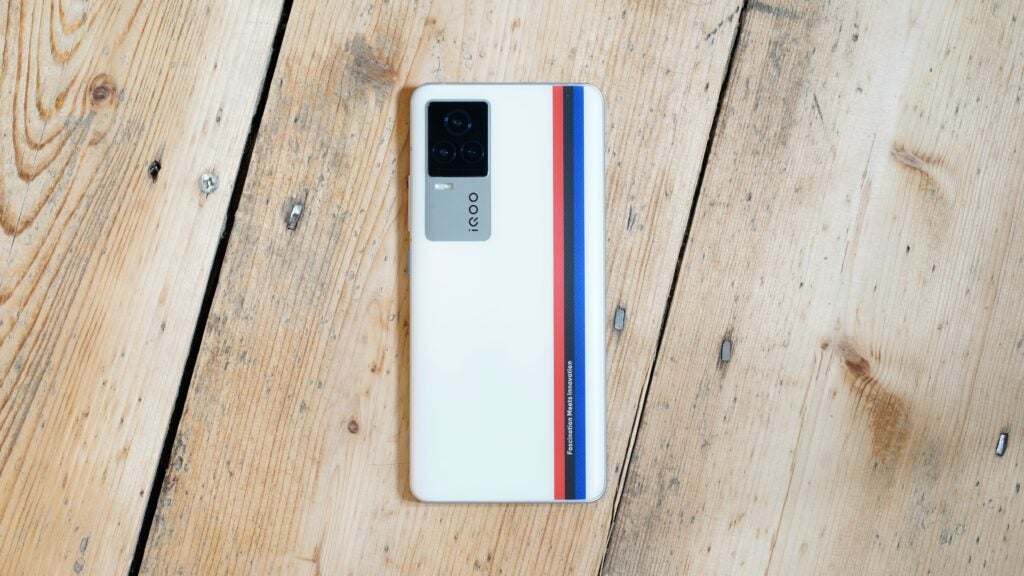
The blue-coloured, slightly textured power button is a nice touch too.
This isn’t the slimmest phone design around at 8.7mm thick, and it weighs a heavier-than-average 210g. This is a little mystifying when you consider that it packs only a 4000mAh battery, but the bulk gives the phone an expensive feeling at least.
What doesn’t feel expensive is the phone’s hole-punch selfie camera, which has the kind of distracting shiny surround that smacks of a cheaper device. Incidentally, the mere presence of a notch is one of those elements that doesn’t scream ‘gaming phone’.
A genuine gaming phone will leave larger top and bottom bezels in the interest of an unimpeded display and proper front-firing speakers. You do get a decent set of stereo speakers here, but one sits along the bottom edge and the other is in the earpiece.
It’s tough to find fault with the display. It’s a nicely sized 6.62-inch AMOLED with a rapid 120Hz maximum refresh rate.
It gets plenty bright, too. iQOO claims a maximum of 800 nits in auto-brightness mode under strong lighting, and 1300 nits in certain HDR scenarios. In my own measurements, with auto-brightness turned off, the phone got to 460 nits, which is still strong.
This is a punchy AMOLED panel, and a pretty colour-accurate one at that. I measured colour gamut coverage of 99.8% sRGB, 82.6% Adobe RGB, and 98.7% DCI-P3 using a colorimeter, which is decent.
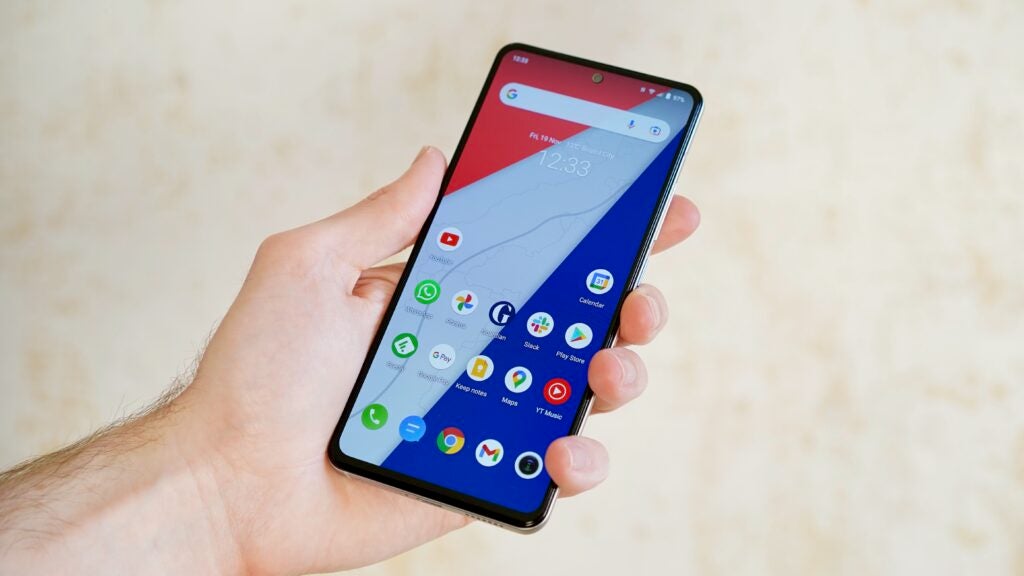
While a default 300Hz touch sampling rate is good rather than amazing – especially compared to a genuine gaming phone such as the 720Hz Redmagic 6S Pro – iQOO makes the intriguing claim that its latest phone can be cranked up to 1000Hz.
More noteworthy, however, is the inclusion of a pressure-sensitive display akin to Apple’s sadly lamented (by me at least) 3D Touch. Using this you can map game controls to a firmer press of either side of the screen.
So, for example, in CoD Mobile I mapped ADS to the left side of the screen and fire to the right side of the screen, meaning I could aim and shoot without taking my thumbs off the screen.
This isn’t as good as the dedicated trigger buttons on the aforementioned pure gaming phones, but it isn’t all that far off in practice. If this is what it takes to make a more subtle, everyday gaming phone, then I’m all up for it.
Camera
- 48-megapixel wide camera capable, if a little too punchy
- 13-megapixel ultra-wide and telephoto match the tone quite well
- Night mode shots a little unnatural
The iQOO 7 Legend’s camera system leads with a 48-megapixel Sony IMX598 image sensor. This is the same sensor that you’ll find in the Vivo X60 Pro and Vivo X50 Pro, although it’s paired with a smaller f/1.79 aperture, and there are no fancy Zeiss optics involved.
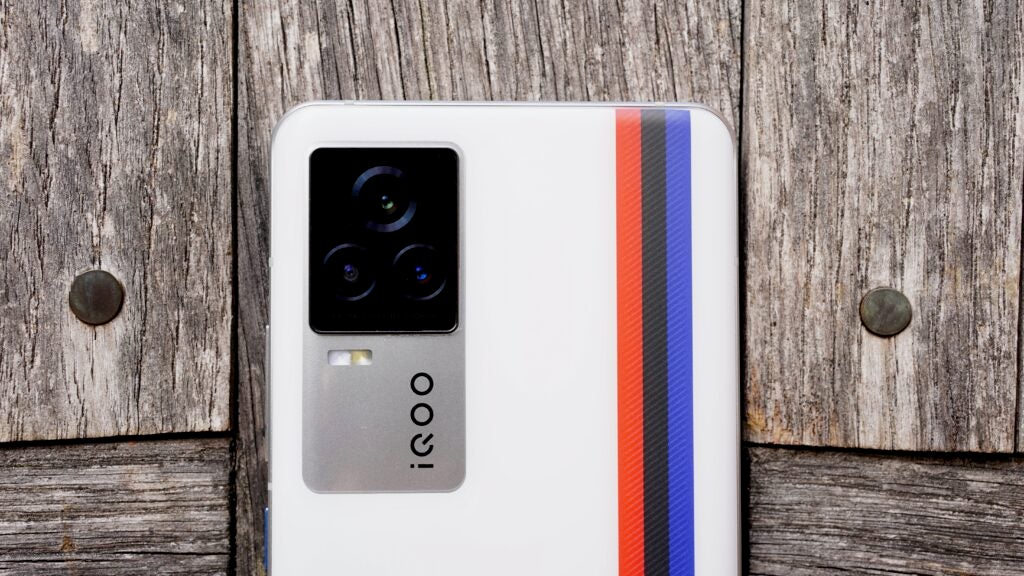
You don’t get the outlandish gimbal stabilisation system of those two phones, but you do at least get OIS to keep things reasonably steady. That’s not a given in the ‘not-quite-flagship’ tier that the phone seems to inhabit.
Also similar to the Vivo X60 Pro is the provision of two 13-megapixel sensors: one a 2x telephoto and one an ultra-wide with a combined macro ability. There’s a 16-megapixel selfie camera around front.
As a package it isn’t as accomplished as Vivo’s finest, but given the performance and gaming focus here, it’s pretty strong all the same. In general shooting, these cameras are capable of capturing bright, crisp, well-balanced shots. The secondary cameras lack the detail and contrast of the main sensor, but what’s impressive is how the three cameras capture a similar tone.



The tone itself wouldn’t be my first choice, however. Like the Vivo X60 Pro, the iQOO 7 Legend has a habit of punching up colours a little too much, making some of the landscape shots I took look a little too vibrant on these chilly autumnal days.
Also similar to the Vivo X60 Pro, the iQOO 7 Legend has a habit of over-brightening dark scenes so that they look slightly fake. It’s nice to have clear and crisp night-time shots, but it gets to the point where the murky, noisy non-Night mode shots often conveyed the essence of the scenes better.
The 16-megapixel selfie camera takes reasonably sharp, balanced shots in good lighting.
Performance
- Snapdragon 888 plenty fast
- Advanced cooling system
- Busy Funtouch UI
Qualcomm’s Snapdragon 888 chip powers the iQOO 7 Legend, like a good 2021 Android flagship. Backed by 8 or 12GB of RAM (my test model has 12GB), as well as 3GB of virtual RAM on top of that, it will eat common apps and multi-tasking for breakfast, while games run at almost full pelt.
This isn’t the fastest chip on the Android block, even before the class of 2022 start to take over. Committed gamers will want the Asus ROG Phone 5S Pro or the Nubia Redmagic 6S Pro with their Snapdragon 888+ chips – although it’s only a minor clock bump in reality.
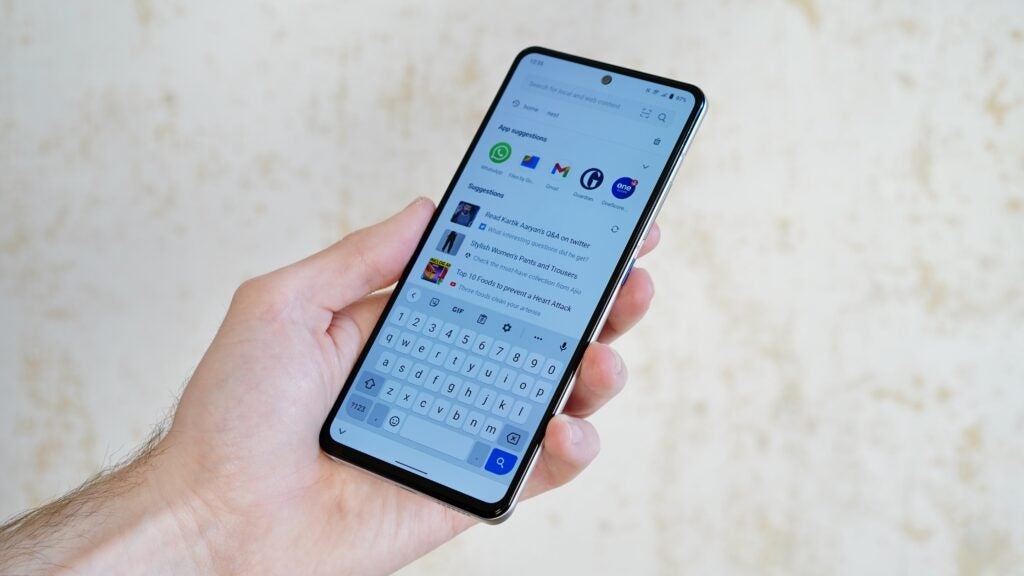
We’d challenge you to determine the difference. The CPU-focused Geekbench 5 scores are nigh-on identical, with a strong multi-core score of 3723 and a single-core score of 1137.
That’s reflected in a generally smooth, hitch-free experience when navigating through the iQOO 7 Legend’s custom take on Android 11, Funtouch OS. This is the same UI that we saw on the Vivo X60 Pro and other Vivo phones, and many of the same observations and criticisms apply.
The UI itself is clean and fluid, Google Feed is where it should be to the left of the homescreen, and I even like the default wallpaper. However, it’s packed full of bloatware, including a Themes store, a custom Music app, and third-party installations from the likes of Facebook and Snapchat.
There’s also a bunch of what appear to be region-specific apps such as Flipkart and PhonePe and Moj. These clearly wouldn’t make their way into a UK model, so I’ll leave my comments on their inclusion there.
I also didn’t observe Vivo’s own V-Store being quite as pushy as in previous Vivo phones, which is a bonus.
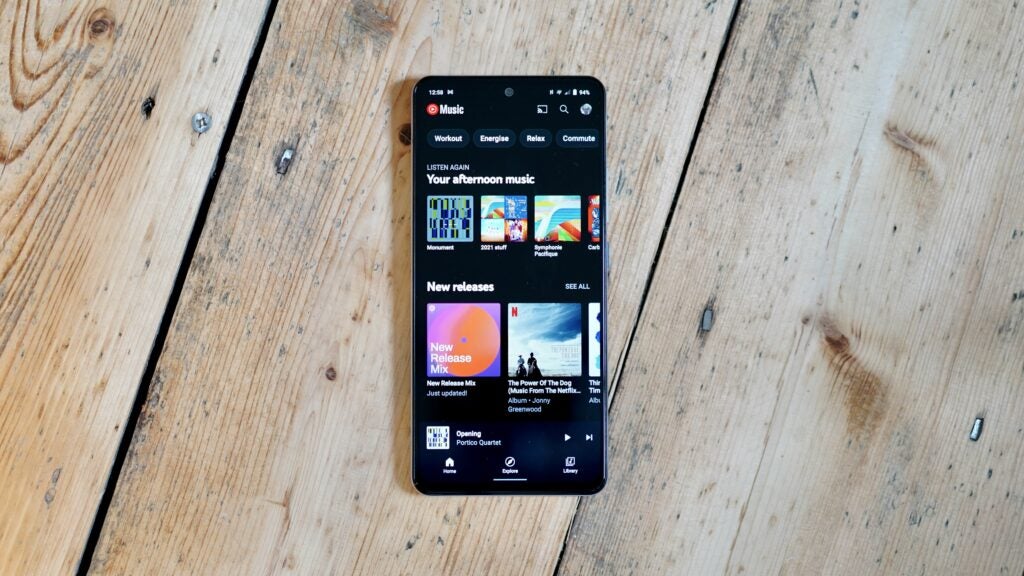
The iQOO 7 Legend isn’t a gaming phone as such, but iQOO still makes claims for the “Ultra gaming experience” its handset can provide. We’ve discussed the pressure-sensitive display already, but the manufacturer also boasts about “4D Game Vibration with Dual Linear Motor”. In other words, the iQOO 7 Legend has decent haptics.
Another gaming-friendly feature is the provision of a large 4096mm² vapour chamber liquid-cooling system, which is always a handy thing to have to hand when you’re stretching that processor and GPU for an hour or more at a time. Sure enough, the phone never became uncomfortably hot during gaming sessions.
However, it did become uncomfortably hot during my third consecutive 3DMark Wildlife Stress Test, which we like to use to test battery life under more intense scenarios (more on which in a moment). Indeed, the phone shut the app down before completing this third test, so toasty had things become.
This is the only time I noticed such a thing happening, so I’m willing to give iQOO the benefit of the doubt on this one. It’s worth noting, though.
Battery Life
- 4000mAh battery seems small
- Decent stamina in general use regardless
- 66W charger bundled in
The iQOO 7 Legend runs on a 4000mAh battery, which is worryingly small by 2021 flagship standards, and positively minuscule if you’re treating this as a gaming phone.
I was worried about the phone’s stamina from the off, but I found myself pleasantly surprised. It’s far from outstanding, but a 12-hour day with three hours of screen-on time – what I’d call a light-to-moderate day of use – left me with a comfortable 50% in the tank.
As mentioned in the previous section, I was unable to complete the intensive use battery test to which we like to subject phones. This involves running 3DMark’s Wildlife Stress Test three times in a row and seeing how much of the full charge this consumes, but the iQOO 7 Legend overheated half way through the final run.
I was able to complete the more traditional PCMark Work 3.0 battery test, however, which models mixed real-world usage through a loop of tasks such as web browsing, photo editing, and document tweaking. A score of 8hrs 32mins is reasonable, falling somewhere between the OnePlus 9 (with its 4500mAh battery) and the Samsung Galaxy S21 (with its 4000mAh battery).
However, neither of those phones has been positioned as a gaming phone, which the iQOO 7 Legend at least partially has. If we’re comparing the iQOO 7 Legend to the Asus ROG Phone 5S Pro and the Lenovo Legion Duel 2, with their 6000mAh(ish) batteries and fan-based cooling systems, the stamina comes up well short for those protracted gaming sessions.
At least the charging is nice and rapid. The iQOO 7 Legend comes with a 66W fast charger, which will get you from 0 to 50% in 20 minutes, and from 0 to 100% in 42 minutes. That actually isn’t quite as fast as I was expecting given the size of the battery, but it’s still appreciably nippy.
There’s no wireless charging, which further indicates that we’re not quite dealing with a flat-out flagship phone.
Should you buy it?
You’re after a gaming phone without the tack Gaming phones tend to be rather unwieldy to use, if not downright embarrassing. The iQOO 7 Legend offers several gamer-friendly features and top-notch performance, but it never forgets it’s a phone first and foremost.
You’re after a phone with strong legacy support At the time of writing, we don’t know about iQOO’s plans for a global launch, just that it seems to be testing the waters. As such, Western users simply can’t hang their hat on the iQOO 7 Legend like other more established brands when it comes to ongoing support.
Final Thoughts
The iQOO 7 Legend is a phone with genuine gaming capabilities, but without the tiresome ‘gamer’ aesthetic and glaring compromises such a device usually entails. Performance is excellent, its display is bright and responsive, and gamers will appreciate little touches such as a pressure-sensitive screen and advanced cooling.
It isn’t a pure gaming phone, though. How else to explain the slightly weedy 4000mAh battery? We can’t think of many gaming phones that have such a competent all-round camera system, either.
We have to urge a certain amount of caution owing to the lack of solid details surrounding a Western release. But if you see an iQOO 7 Legend for a good price in your local market, you can buy with the confidence that you’re getting a potent phone with a playful edge.
How we test
We test every mobile phone we review thoroughly. We use industry standard tests to compare features properly and we use the phone as our main device over the review period. We’ll always tell you what we find and we never, ever, accept money to review a product.
Used the phone for one week
Tested a variety of camera modes
FAQs
Despite being small, the 4000mAh battery will get you through a full day.
Yes, the phone supports 5G.
Android 11 with Vivo’s Funtouch 11.1 UI.





